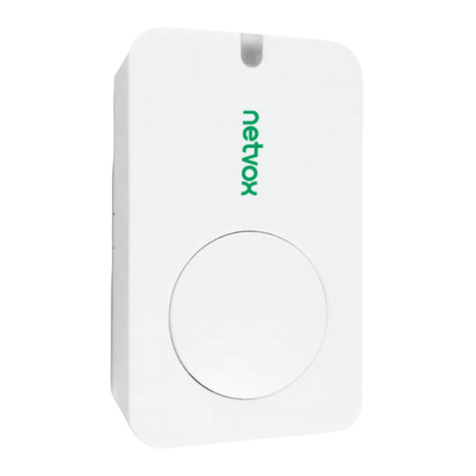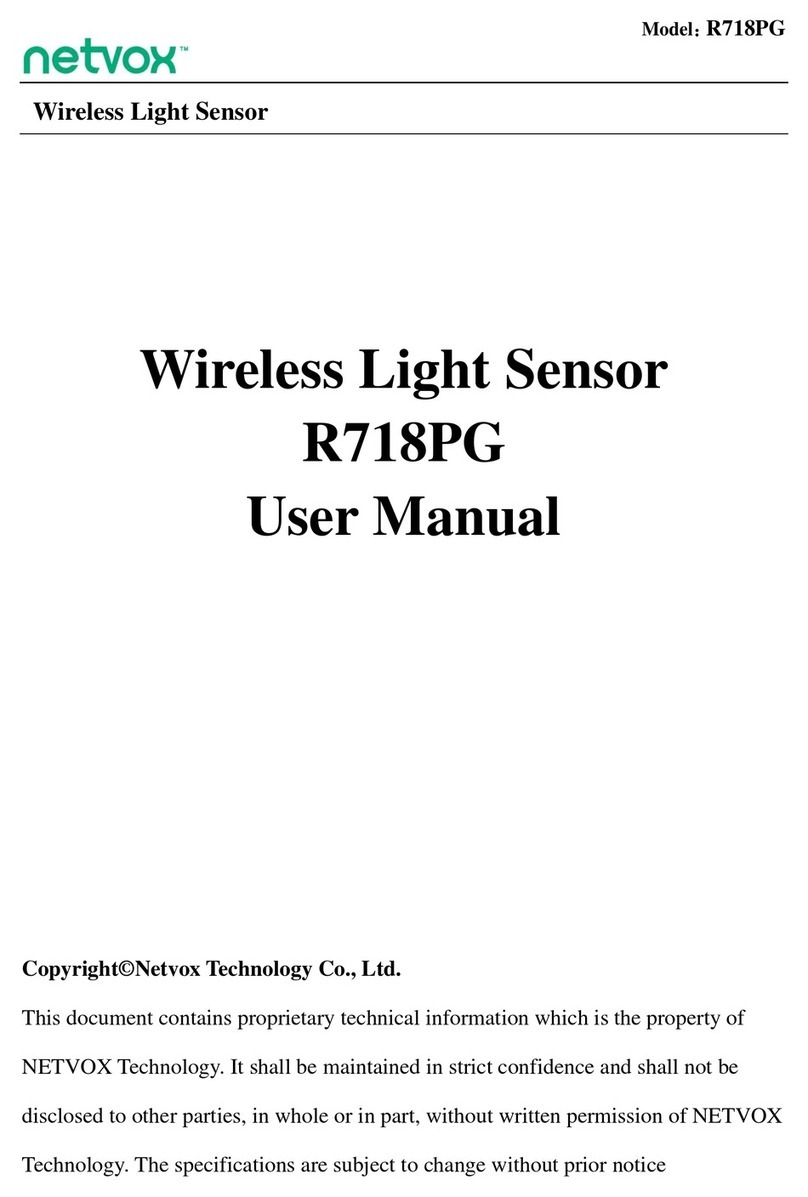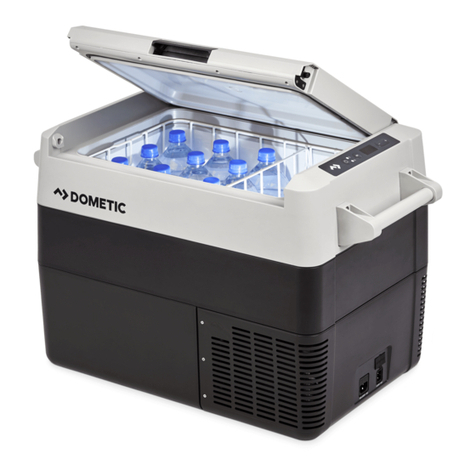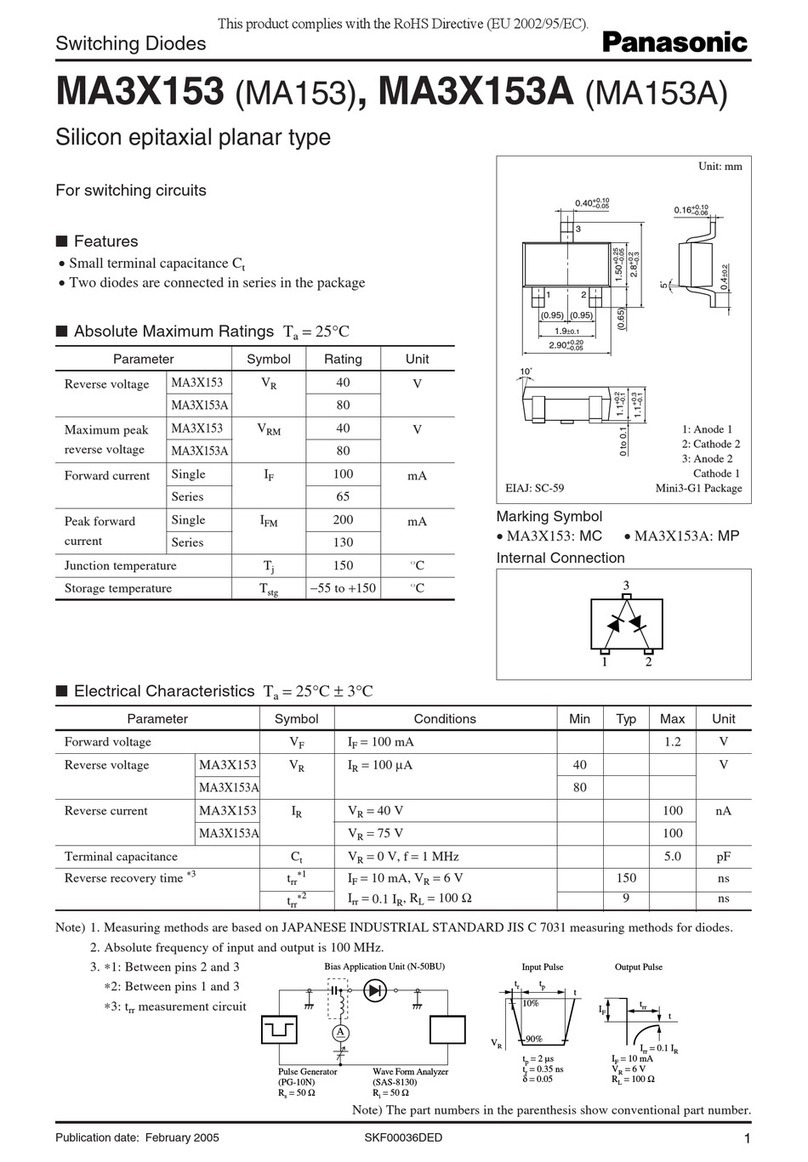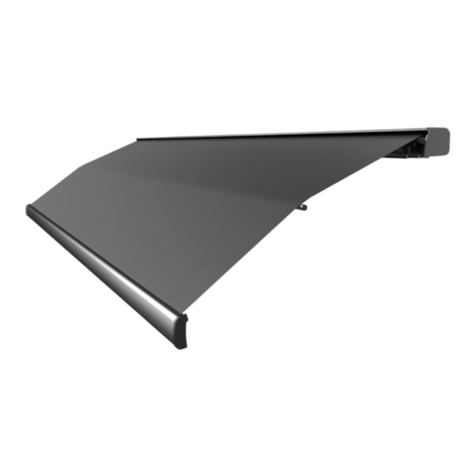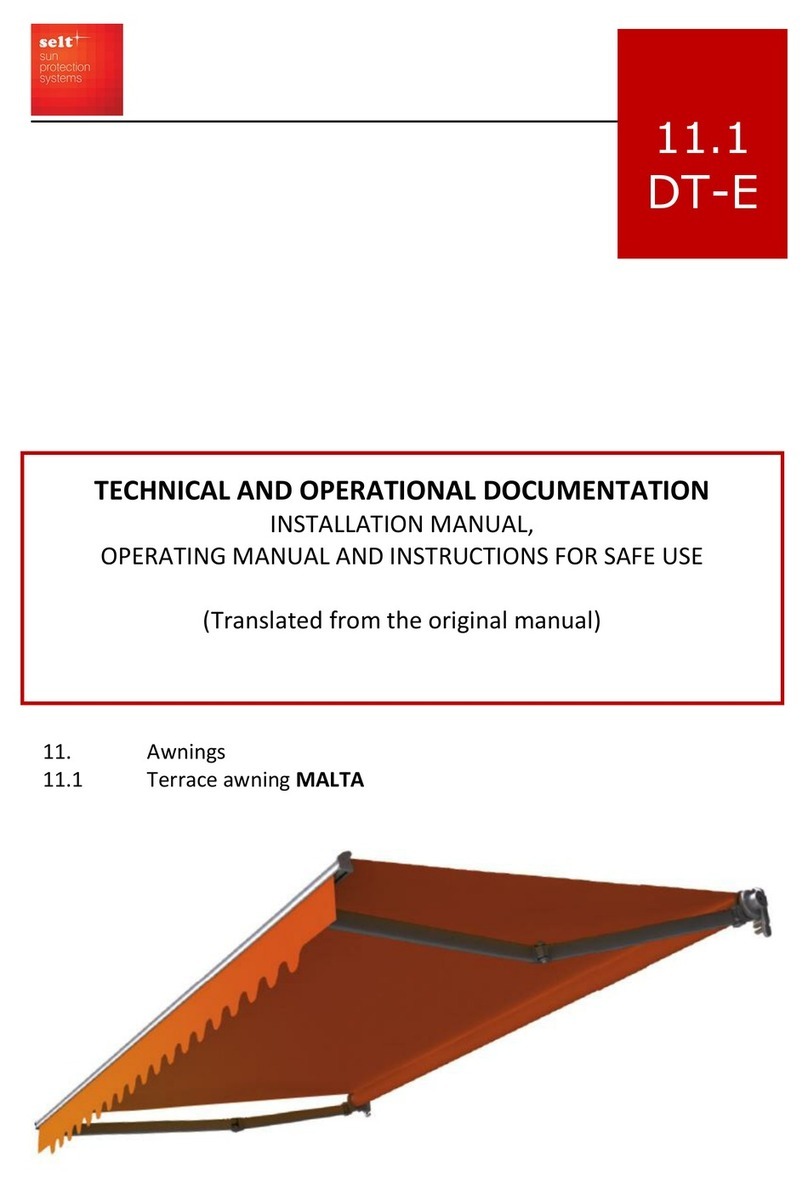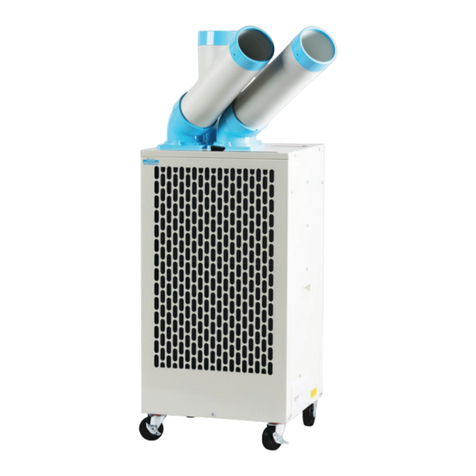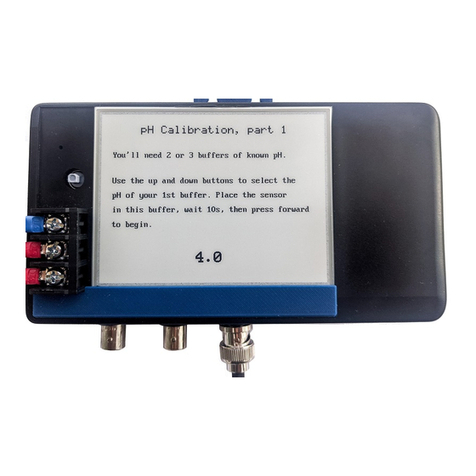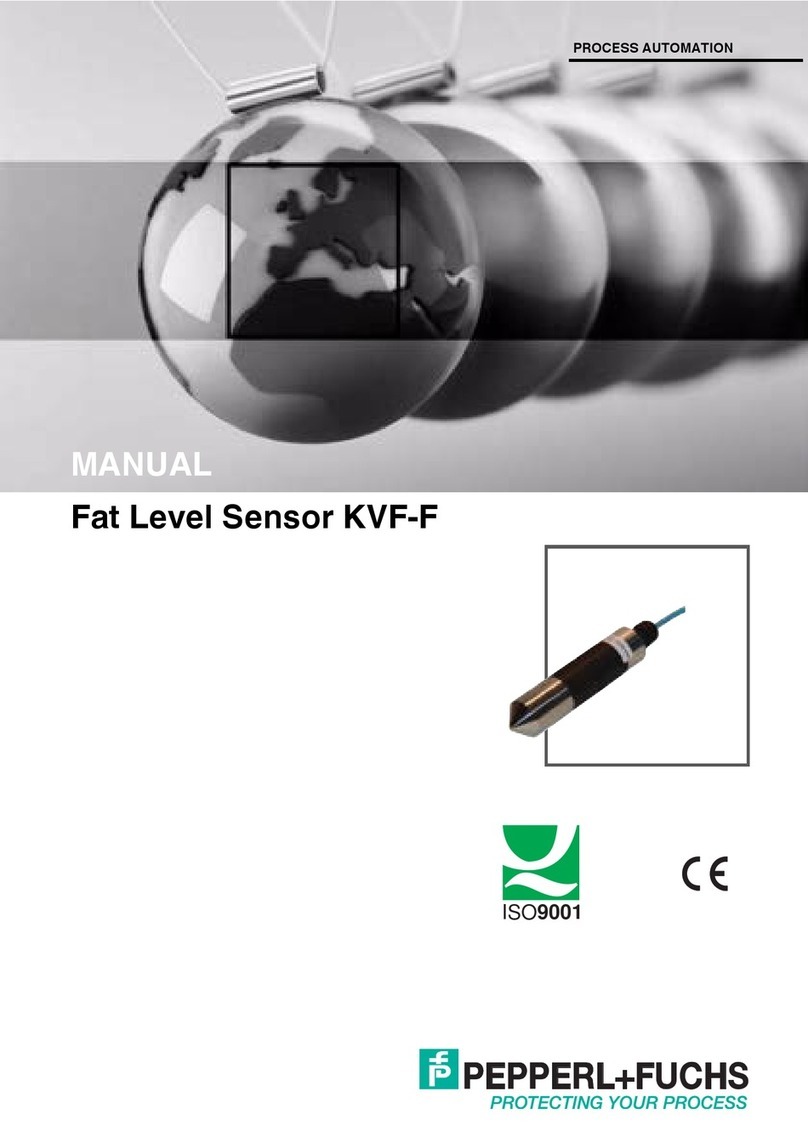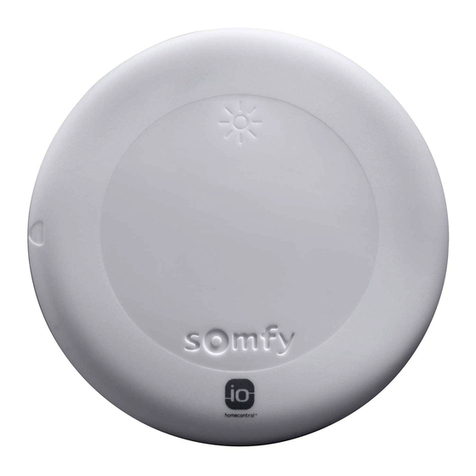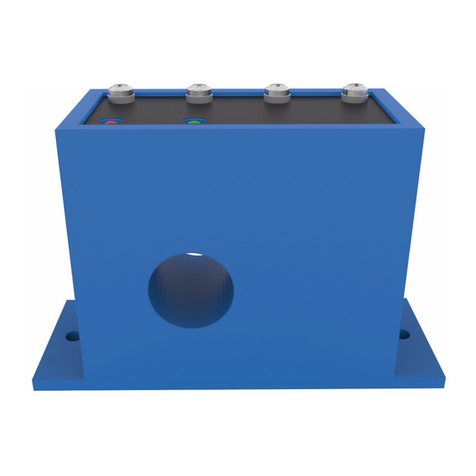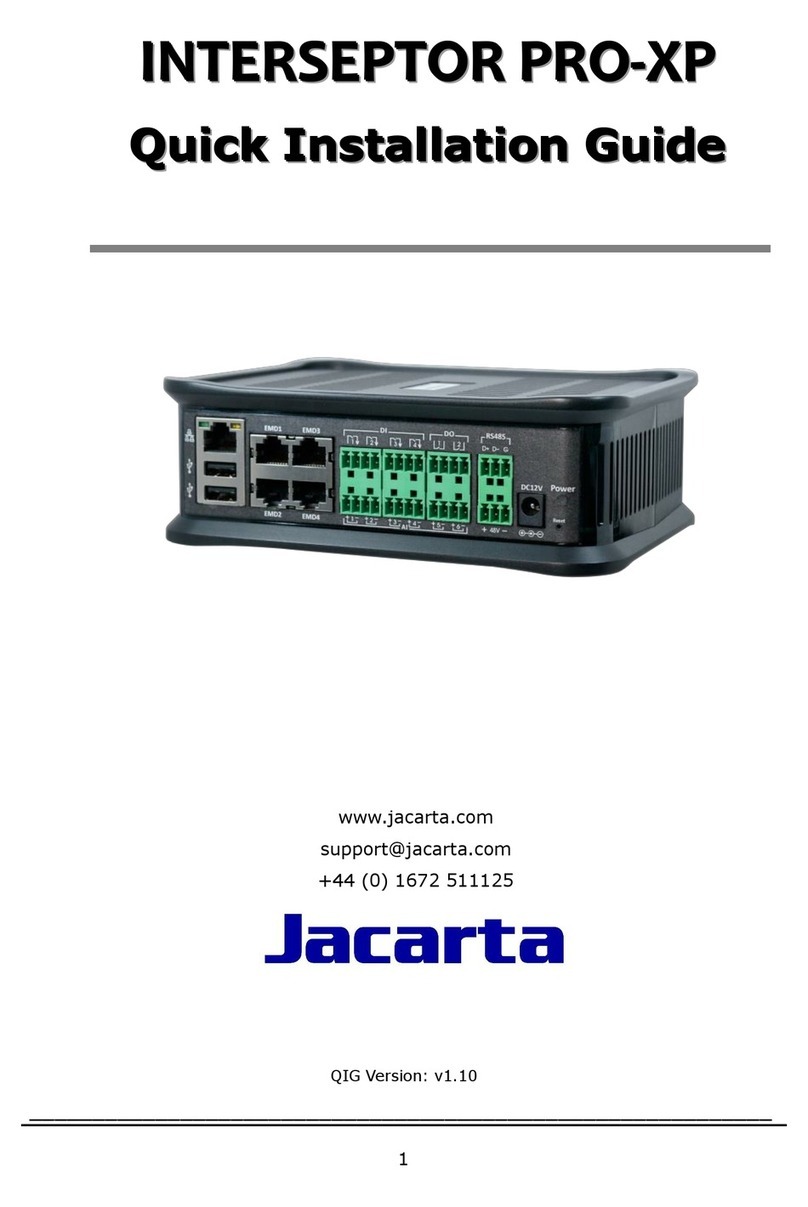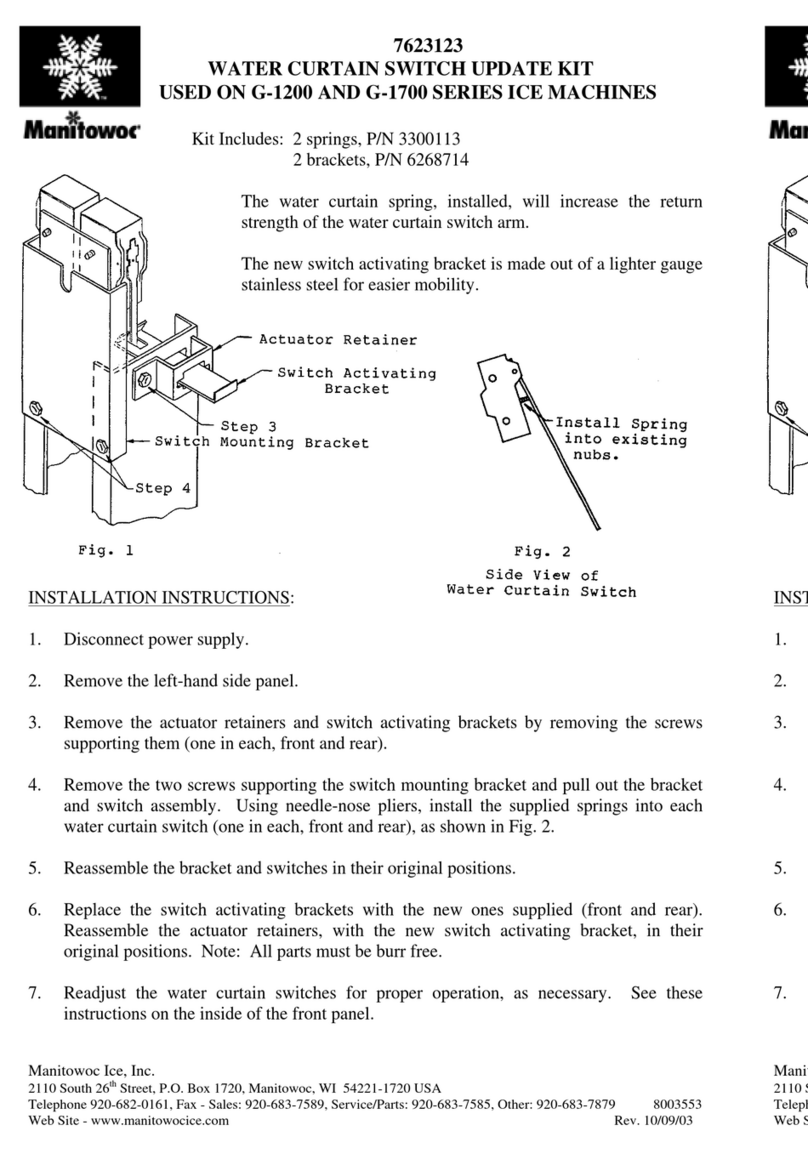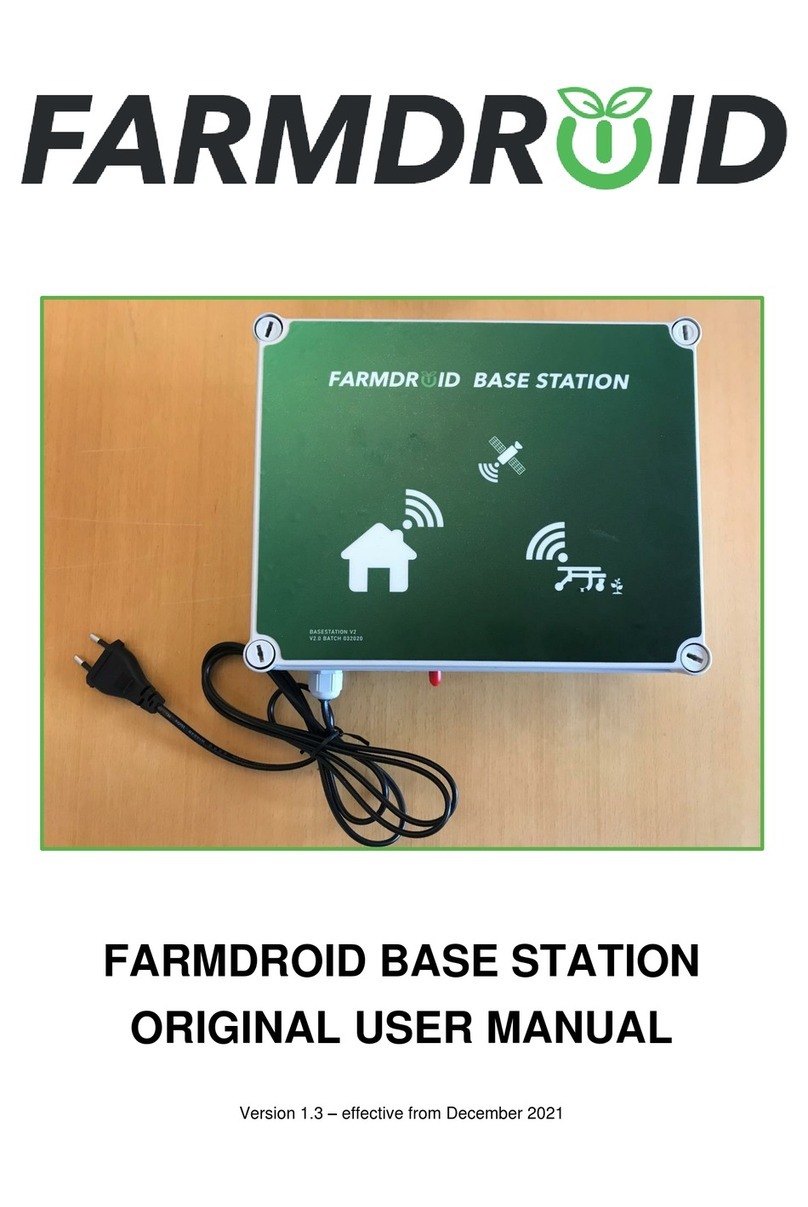netvox R718DB2 User manual

Wireless 2-Gang Vibration Sensor, Spring Type
R718DB2
Wireless 2-Gang Vibration Sensor,
Spring Type
R718DB2
User Manual
Copyright©Netvox Technology Co., Ltd.
This document contains proprietary technical information which is the property of NETVOX Technology. It shall
be maintained in strict confidence and shall not be disclosed to other parties, in whole or in part, without written
permission of NETVOX Technology. The specifications are subject to change without prior notice.

1
Table of Content
1. Introduction.......................................................................................................... 2
2. Appearance........................................................................................................... 3
3. Main Features ...................................................................................................... 3
4. Set up Instruction................................................................................................. 4
5. Data Report.......................................................................................................... 5
5.1 Example of ReportDataCmd.......................................................................... 6
5.2 Example of ConfigureCmd............................................................................ 7
5.3 Example for MinTime/MaxTime logic.......................................................... 8
6. Installation ........................................................................................................... 9
7. Information about Battery Passivation............................................................... 10
7.1 To determine whether a battery requires activation ..................................... 10
7.2 How to activate the battery .......................................................................... 10
8. Important Maintenance Instruction.................................................................... 11

2
1. Introduction
R718DB2 is a 2-way long-range wireless spring-loaded vibration device for Netvox ClassA-type devices based on the
LoRaWAN open protocol and is compatible with the LoRaWAN protocol.
LoRa Wireless Technology:
LoRa is a wireless communication technology dedicated to long distance and low power consumption. Compared with other
communication methods, LoRa spread spectrum modulation method greatly increases to expand the communication distance.
Widely used in long-distance, low-data wireless communications. For example, automatic meter reading, building automation
equipment, wireless security systems, industrial monitoring. Main features include small size, low power consumption,
transmission distance, anti-interference ability and so on.
LoRaWAN:
LoRaWAN uses LoRa technology to define end-to-end standard specifications to ensure interoperability between devices and
gateways from different manufacturers.

3
2. Appearance
3. Main Features
Adopt SX1276 wireless communication module.
2 x 3.6V ER14505 AA size lithium batteries
Trigger the vibration sensor, the device will send trigger information.
The base is equipped with a magnet that can be attached to the magnetic substance.
IP Ratings: Main part- IP65/IP67 (Optional), Sensor-/IP67
Compatible with LoRaWAN TM Class A
Frequency hopping spread spectrum technology
Configuration parameters can be configured through third-party software platforms.
Applicable to third-party platforms:Actility / ThingPark, TTN, MyDevices / Cayenne
Low power consumption and long battery life
Note:
Battery life is determined by the sensor reporting frequency and other variables.
Please refer to http://www.netvox.com.tw/electric/electric_calc.html
On this website, users can find various types of battery lifetime in different configurations.
Indicator
Function Key
Vibration Sensor

4
4. Set up Instruction
On/Off
Power on Insert batteries (Users may need a screwdriver to open)
Turn on Press and hold the function key for 3 seconds and the green indicator flash once.
Turn off (Restore to factory setting) Press and hold the function key for 5 seconds and the green indicator flashes 20 times.
Power off Remove Batteries.
Note:
1. Remove and insert the battery; the device is at off state by default.
2. On/off interval is suggested to be about 10 seconds to avoid the interference of
capacitor inductance and other energy storage components.
3. For the first 5 second after powering on, the device will be in engineering test mode.
Network Joining
Never joined the network
Turn on the device to search the network to join.
The green indicator stays on for 5 seconds: success
The green indicator remains off: fail
Had joined the network
Turn on the device to search the previous network to join.
The green indicator stays on for 5 seconds: success
The green indicator remains off: fail
Fail to join the network
(when the device is on)
Suggest to check the device verification information on the gateway or consult your
platform server provider.
Function Key
Press and hold for 5 seconds
Restore to factory setting / Turn off
The green indicator flashes 20 times: success
The green indicator remains off: fail
Press once The device is in the network: the green indicator flashes once and sends a report
The device is not in the network: the green indicator remains off
Sleeping Mode
The device is on and in the network
Sleeping period: Min Interval.
When the reportchange exceeds setting value or the state changes: send a data report
according to Min Interval.
Low Voltage Warning
Low Voltage
3.2V

5
5. Data Report
Data report configuration and sending period are as following:
Min Interval
(Unit:second)
Max Interval
(Unit:second) Reportable Change Current Change≥
Reportable Change
Current Change<
Reportable Change
Any number between
1~65535
Any number between
1~65535 Can not be 0. Report
per Min Interval
Report
per Max Interval
The device will immediately send a version packet report and the vibration report data.
The device sends data in the default configuration before any configuration is done.
Default setting:
Max Interval: 0x0E10 (3600s)
Min Interval: 0x0E10 (3600s)
BatteryVoltageChange: 0x01 (0.1V)
R718DB2 Trigger:
When the sensor senses the vibration and the spring deforms, an alarm message will be reported.
The vibration is “1”.
No vibration is “0”.
The vibration Restore Configuration
The Restore function is used to send the final static status of the device.
(Please refer to the configuration command format below.)
Restore = 0, no data will be sent when the device is rest.
The data is sent with the next report.
Restore = 1, the data will be sent with a vibration bit-- 0 after the device is rest for 5 seconds.
Note:
1. The function of Restore is supported by the firmware version after 2020/05/18 version.
2. The device report interval will be programmed based on the default firmware which may vary.
3. The interval between two reports must be the minimum time.
Please refer Netvox LoRaWANApplication Command document and Netvox Lora Command Resolver
http://cmddoc.netvoxcloud.com/cmddoc to resolve uplink data.

6
5.1 Example of ReportDataCmd
FPort:0x06
Bytes 1 1 1 Var (Fix=8 Bytes)
Version DeviceType ReportType NetvoxPayLoadData
Version– 1 byte –0x01——the Version of NetvoxLoRaWAN Application Command Version
DeviceType– 1 byte – Device Type of Device
The devicetype is listed in Netvox LoRaWAN Application Devicetype doc
ReportType – 1 byte –the presentation of the NetvoxPayLoadData,according the devicetype
NetvoxPayLoadData– Fixed bytes (Fixed =8bytes)
Device Device
Type
Report
Type NetvoxPayLoadData
R718DB2 0x3D
0x00 SoftwareVersion
(1Byte)Eg.0x0A—V1.0
HardwareVersion
(1Byte)
DateCode
(4Bytes,eg 0x20170503)
Reserved
(2Bytes,fixed 0x00)
0x01 Battery
(1Byte, unit:0.1V)
Status 1
(1Byte 0:off 1:on)
Status 2
(1Byte 0:off 1:on)
Reserved
(5Bytes,fixed 0x00)
Example 1 of Uplink: 013D012401000000000000
1st byte (01): Version
2nd byte (3D): DeviceType 0x3D -R718DB2
3rd byte (01): ReportType
4th byte (24): Battery -3.6V, 24(Hex) = 36(Dec), 36x0.1v=3.6v
5th byte (01): Status -on
6th byte (00): Status -off
7th -11th byte (0000000000): Reserved
Tips
1. Battery Voltage:
The voltage value is bit 0 ~ bit 6, bit 7=0 is normal voltage, and bit 7=1 is low voltage.
Battery=0xA0, binary=1010 0000, if bit 7= 1, it means low voltage.
The actual voltage is 0010 0000 = 0x20 = 32, 32*0.1v =3.2v
2. Version Packet:
When Report Type=0x00 is the version packet, such as 013D000A0B202005200000, the firmware version is 2020.05.20
3. Data Packet:
When Report Type=0x01 is data packet.

7
Example 2 of Uplink: 013D01A000010000000000
1st byte (01): Version
2nd byte (3D): DeviceType 0x3D -R718DB2
3rd byte (01): ReportType
4th byte (A0): Battery -3.2V, 20(HEX)=32(DEC),32*0.1v=3.2v // Low battery
5th byte (00): Status -off
6th byte (01): Status -on
7th -11th byte (0000000000): Reserved
5.2 Example of ConfigureCmd
FPort:0x07
Bytes 1 1 Var (Fix =9 Bytes)
CmdID DeviceType NetvoxPayLoadData
CmdID– 1 byte
DeviceType– 1 byte – Device Type of Device
NetvoxPayLoadData– var bytes (Max=9bytes)
(1)Command Configuration:
MinTime = 1min、MaxTime = 1min、BatteryChange = 0.1v
Downlink:013D003C003C0100000000 003C (Hex) = 60 (Dec)
Response:
813D000000000000000000(Configuration success)
813D010000000000000000(Configuration failure)
Description Device CmdID Device
Type NetvoxPayLoadData
Config
ReportReq
R718DB2
0x01
0x3D
MinTime
(2bytes Unit:s)
MaxTime
(2bytes Unit:s)
BatteryChange
(1byte Unit:0.1v)
Reserved
(4Bytes,Fixed 0x00)
Config
ReportRsp 0x81 Status
(0x00_success)
Reserved
(8Bytes,Fixed 0x00)
ReadConfig
ReportReq 0x02 Reserved
(9Bytes,Fixed 0x00)
ReadConfigR
eportRsp 0x82 MinTime
(2bytes Unit:s)
MaxTime
(2bytes Unit:s)
BatteryChange
(1byte Unit:0.1v)
Reserved
(4Bytes,Fixed 0x00)

8
(2)Read Configuration:
Downlink:023D000000000000000000
Response:
823D003C003C0100000000(Current configuration)
5.3 Example for MinTime/MaxTime logic
Example#1 based on MinTime = 1 Hour, MaxTime= 1 Hour, Reportable Change i.e. BatteryVoltageChange=0.1V
MaxTime MaxTime
Sleeping(MinTime) Sleeping(MinTime)
Note: MaxTime=MinTime. Data will only be report according to MaxTime (MinTime) duration regardless BatteryVoltageChange
value.
Example#2 based on MinTime = 15 Minutes, MaxTime= 1 Hour, Reportable Change i.e. BatteryVoltageChange= 0.1V.
MaxTime
Sleeping(MinTime) sleeping sleeping sleeping
0H 15th M 30th M 45th M 1H 2H
Example#3 based on MinTime = 15 Minutes, MaxTime= 1 Hour, Reportable Change i.e. BatteryVoltageChange= 0.1V.
MaxTime
sleeping sleeping ...
0H 15th M 30th M 45th M 1H 1H 10th M 1H 25th M 1H 40th M 1H 55th M 2H 10th M
Wakes up and
collects data
3.6V
Does not report
Wakes up and
collects data
3.6V
Does not report
Wakes up and
collects data
3.6V
Does not report
Wakes up and
collects data
REPORTS 3.6V
Wakes up and
collects data
REPORT 3.6V
Wakes up and
collects data
REPORTS 3.6V
Wakes up and collects data
3.5V |3.5-3.6|=0.1
REPORTS 3.5V
Wakes up and
collects data
3.5V
Does not report
Wakes up and
collects data
3.5V
Does not report
Wakes up and
collects data
3.5V
Does not report
Wakes up and
collects data 3.5V
Does not report
Wakes up and
collects data
3.5V
Does not report
Wakes up and
collects data
REPORTS 3.5V
Wake up and collects data
REPORTS 3.6V
Wakes up and collects data
REPORTS 3.6V
Wakes up and collects data
REPORTS 3.6V
Wakes up and
collects data
3.6V
Does not report
Users push the button,
REPORTS 3.5V.
Recalculate MaxTime.

9
Notes :
1) The device only wakes up and performs data sampling according to MinTime Interval. When it is sleeping, it does not
collect data.
2) The data collected is compared with the last data reported. If the data variation is greater than the ReportableChange value,
the device reports according to MinTime interval. If the data variation is not greater than the last data reported, the device
reports according to MaxTime interval.
3) We do not recommend to set the MinTime Interval value too low. If the MinTime Interval is too low, the device wakes up
frequently and the battery will be drained soon.
4) Whenever the device sends a report, no matter resulting from data variation, button pushed or MaxTime interval, another
cycle of MinTime/MaxTime calculation is started.
6. Installation
This product comes with waterproof function. It can be attached to the iron surface, or the two ends can be fixed to the wall with
screws.
1. The figure shows the vibration sensor (R718DB2)
applied to the scene of the mousetrap in the restaurant.
It can also be applied to the following scenarios:
Restaurant (rat)
Shopping mall supermarket (rat)
Engine room (rat)
When it is necessary to detect whether the object is
vibrating or moved.
2. Fix the vibration sensor of the vibration sensor on the
object that needs to be detected whether it is vibrating
(Take the mousetrap as a picture, as shown below).
3. When the sensor senses the vibration and the spring deforms, an
alarm message will be reported.
The vibration is “1”.
No vibration is “0”.

10
7. Information about Battery Passivation
Many of Netvox devices are powered by 3.6V ER14505 Li-SOCl2 (lithium-thionyl chloride) batteries that offer many
advantages including low self-discharge rate and high energy density.
However, primary lithium batteries like Li-SOCl2 batteries will form a passivation layer as a reaction between the lithium
anode and thionyl chloride if they are in storage for a long time or if the storage temperature is too high. This lithium chloride
layer prevents rapid self-discharge caused by continuous reaction between lithium and thionyl chloride, but battery passivation
may also lead to voltage delay when the batteries are put into operation, and our devices may not work correctly in this situation.
As a result, please make sure to source batteries from reliable vendors, and it is suggested that if the storage period is more
than one month from the date of battery production, all the batteries should be activated.
If encountering the situation of battery passivation, users can activate the battery to eliminate the battery hysteresis.
ER14505 Battery Passivation:
7.1 To determine whether a battery requires activation
Connect a new ER14505 battery to a resistor in parallel, and check the voltage of the circuit.
If the voltage is below 3.3V, it means the battery requires activation.
7.2 How to activate the battery
a. Connect a battery to a resistor in parallel
b. Keep the connection for 5~8 minutes
c. The voltage of the circuit should be ≧3.3, indicating successful activation.
Brand Load Resistance Activation Time Activation Current
NHTONE 165 Ω 5 minutes 20mA
RAMWAY 67 Ω 8 minutes 50mA
EVE 67 Ω 8 minutes 50mA
SAFT 67 Ω 8 minutes 50mA
Note:
If you buy batteries from other than the above four manufacturers, then the battery activation time, activation current, and
required load resistance shall be mainly subject to the announcement of each manufacturer.

11
8. Important Maintenance Instruction
Your device is a product of superior design and craftsmanship and should be used with care. The following suggestions will help
you use the warranty service effectively.
•Keep the equipment dry. Rain, moisture, and various liquids or moisture may contain minerals that can corrode electronic
circuits. In case the device is wet, please dry it completely.
•Do not use or store in dusty or dirty areas. This can damage its detachable parts and electronic components.
•Do not store in excessive heat. High temperatures can shorten the life of electronic devices, destroy batteries, and deform or
melt some plastic parts.
•Do not store in a cold place. Otherwise, when the temperature rises to normal temperature, moisture will form inside, which
will destroy the board.
•Do not throw, knock or shake the device. Rough handling of equipment can destroy internal circuit boards and delicate
structures.
•Do not wash with strong chemicals, detergents or strong detergents.
•Do not apply with paint. Smudges can block debris in detachable parts and affect normal operation.
•Do not throw the battery into a fire to prevent the battery from exploding. Damaged batteries may also explode.
All of the above suggestions apply equally to your device, battery and accessories. If any device is not working properly.
Please take it to the nearest authorized service facility for repair.
Other manuals for R718DB2
1
Table of contents
Other netvox Accessories manuals
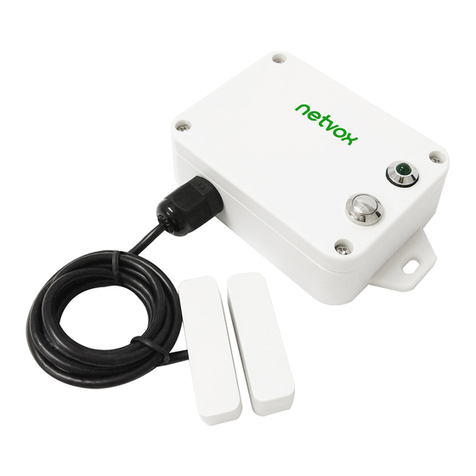
netvox
netvox R718F User manual
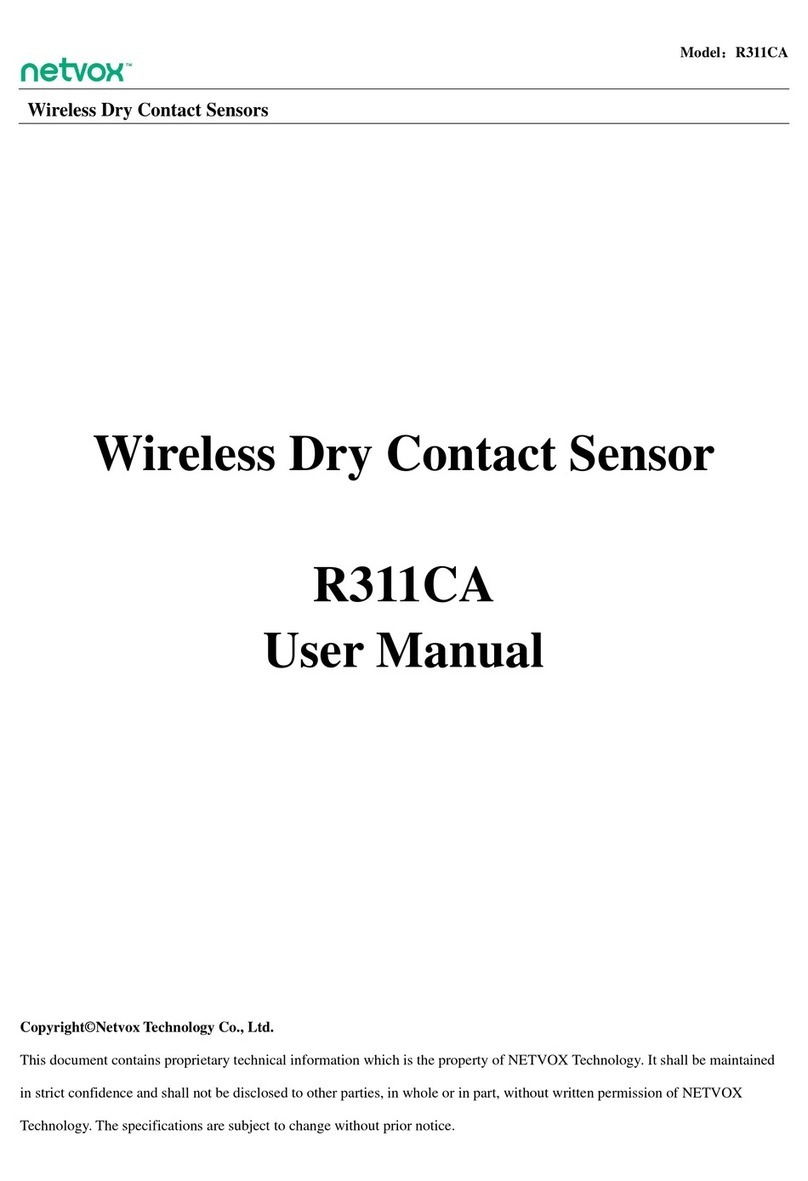
netvox
netvox R311CA User manual
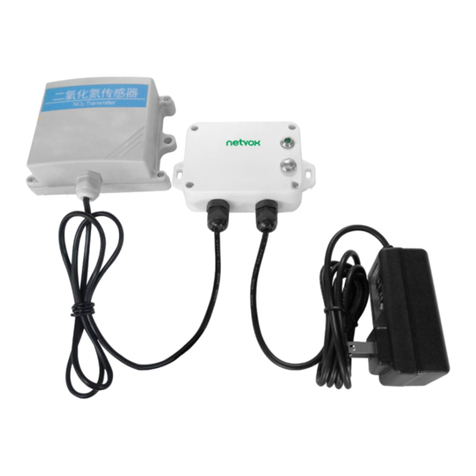
netvox
netvox R718PA5 User manual
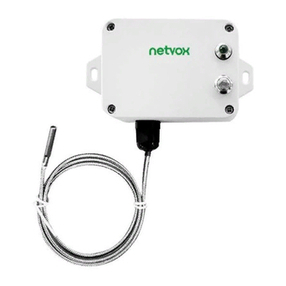
netvox
netvox R718CT User manual
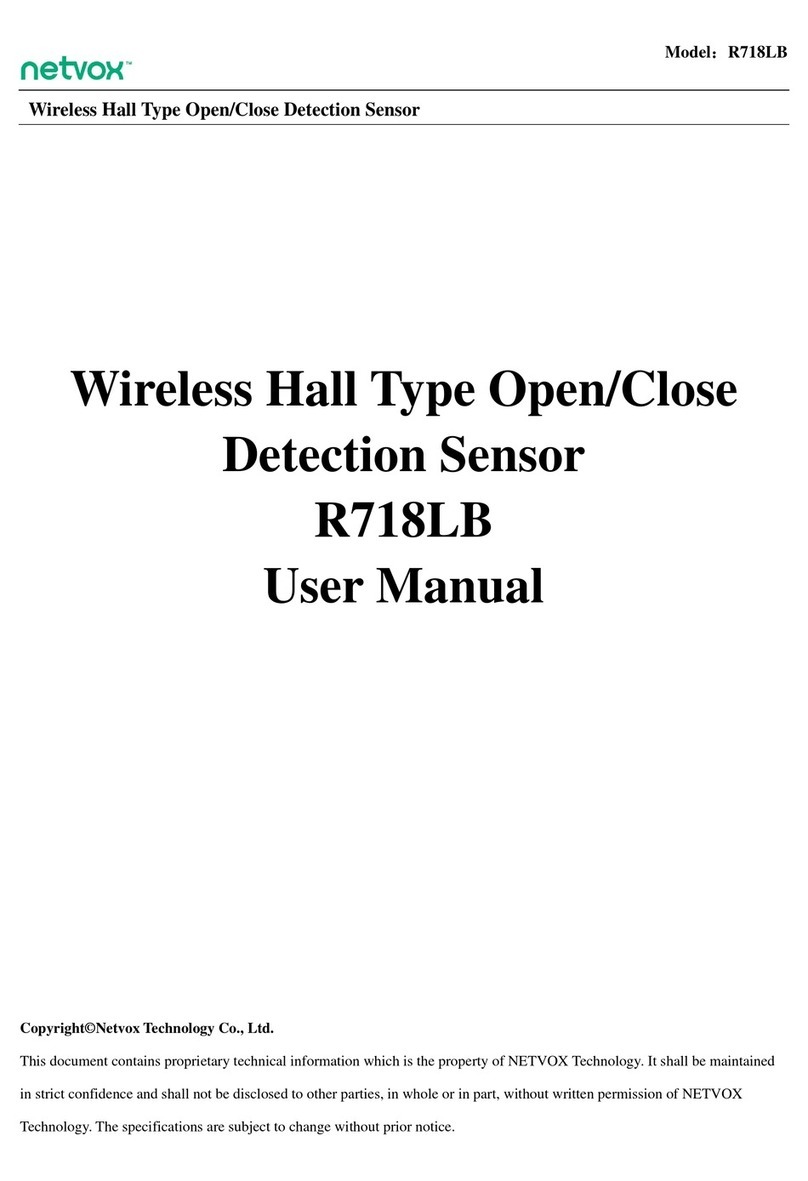
netvox
netvox R718LB User manual
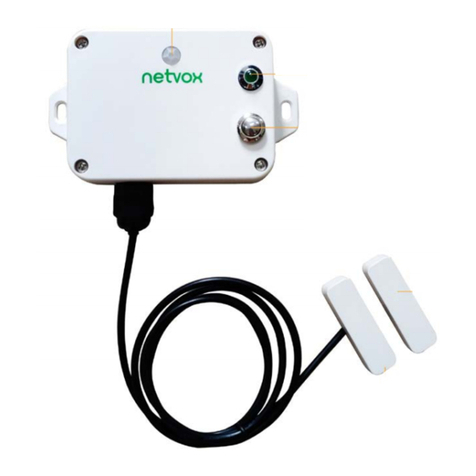
netvox
netvox R718PQA User manual
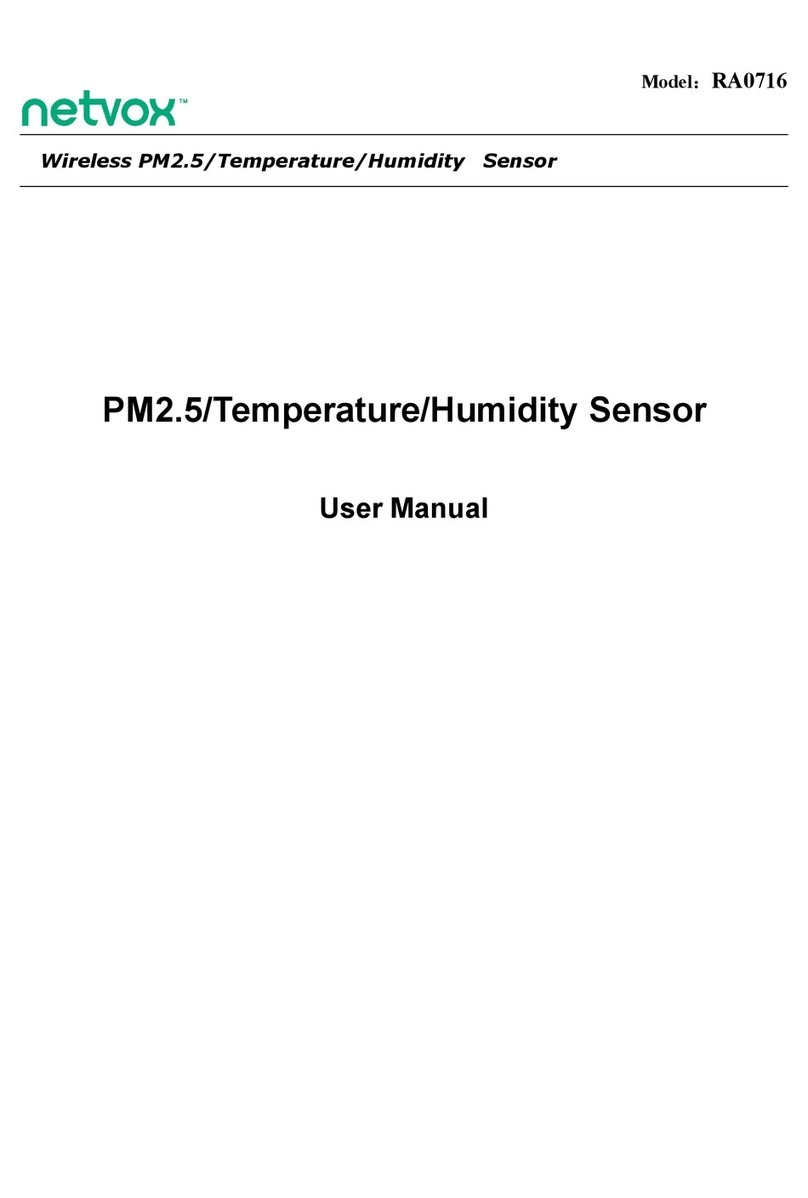
netvox
netvox RA0716 User manual
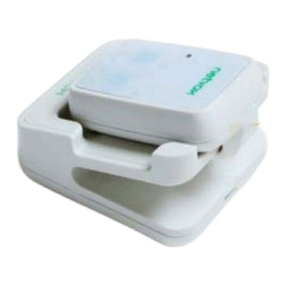
netvox
netvox Z307 User manual
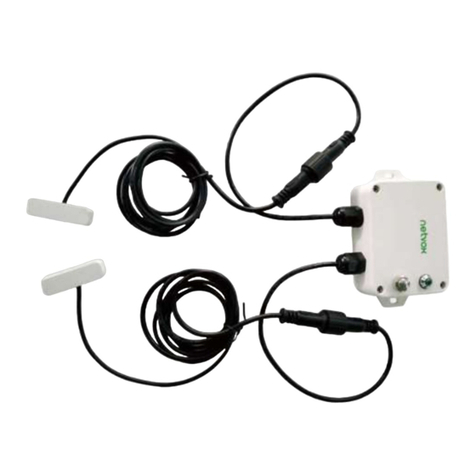
netvox
netvox R718DB2 User manual
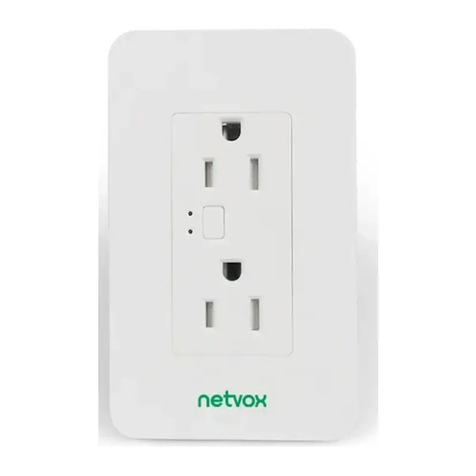
netvox
netvox R816B01 User manual
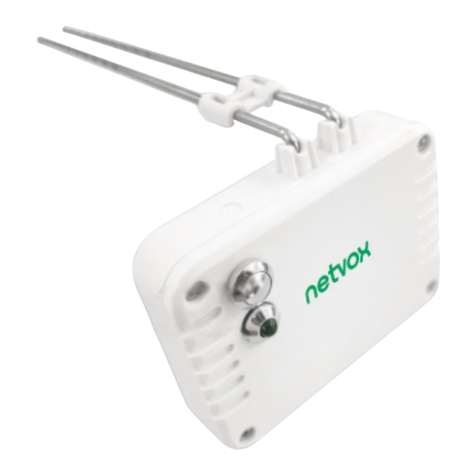
netvox
netvox R720FLT User manual
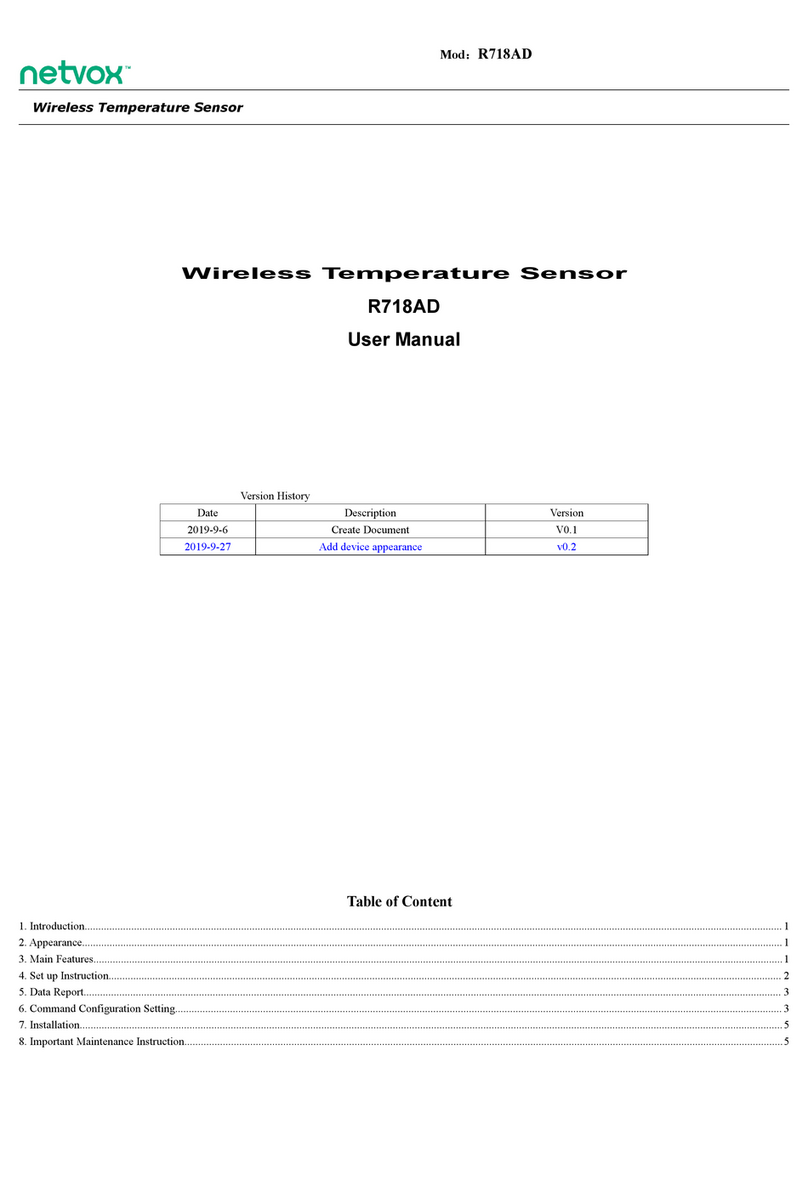
netvox
netvox R718AD User manual

netvox
netvox RA0730 User manual
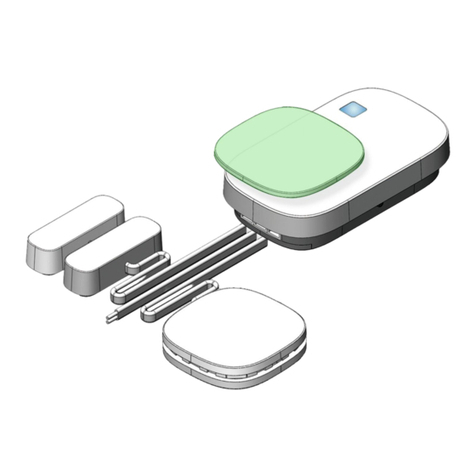
netvox
netvox R315 Series User manual

netvox
netvox Z808B User manual

netvox
netvox R311FA User manual
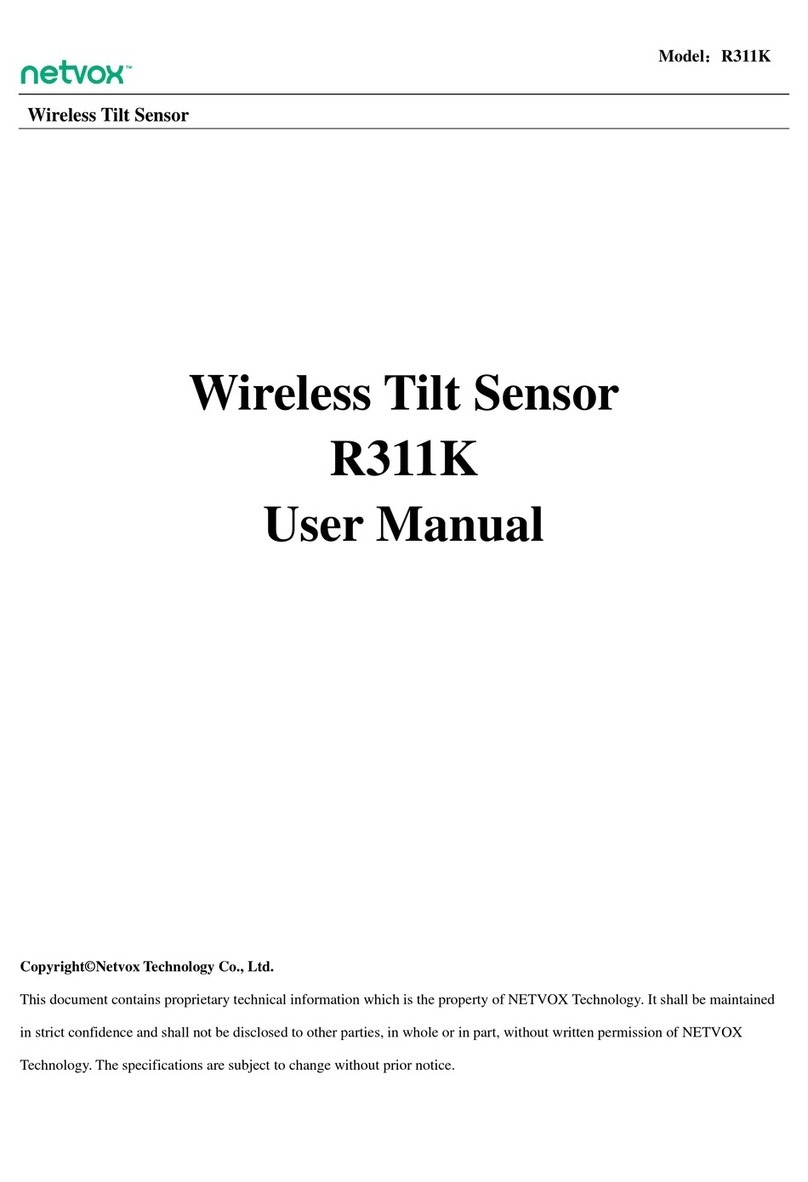
netvox
netvox R311K User manual
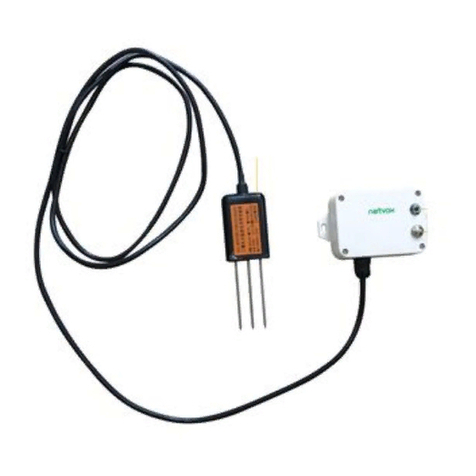
netvox
netvox R718PB15 User manual
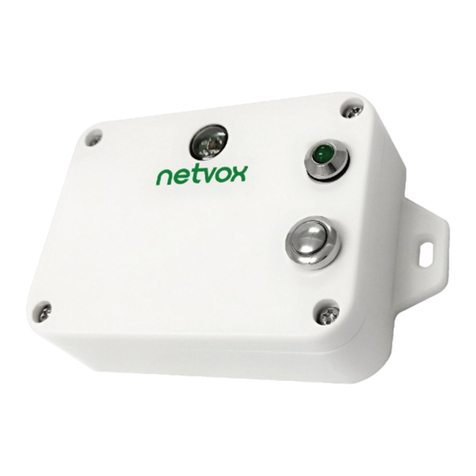
netvox
netvox R718G User manual
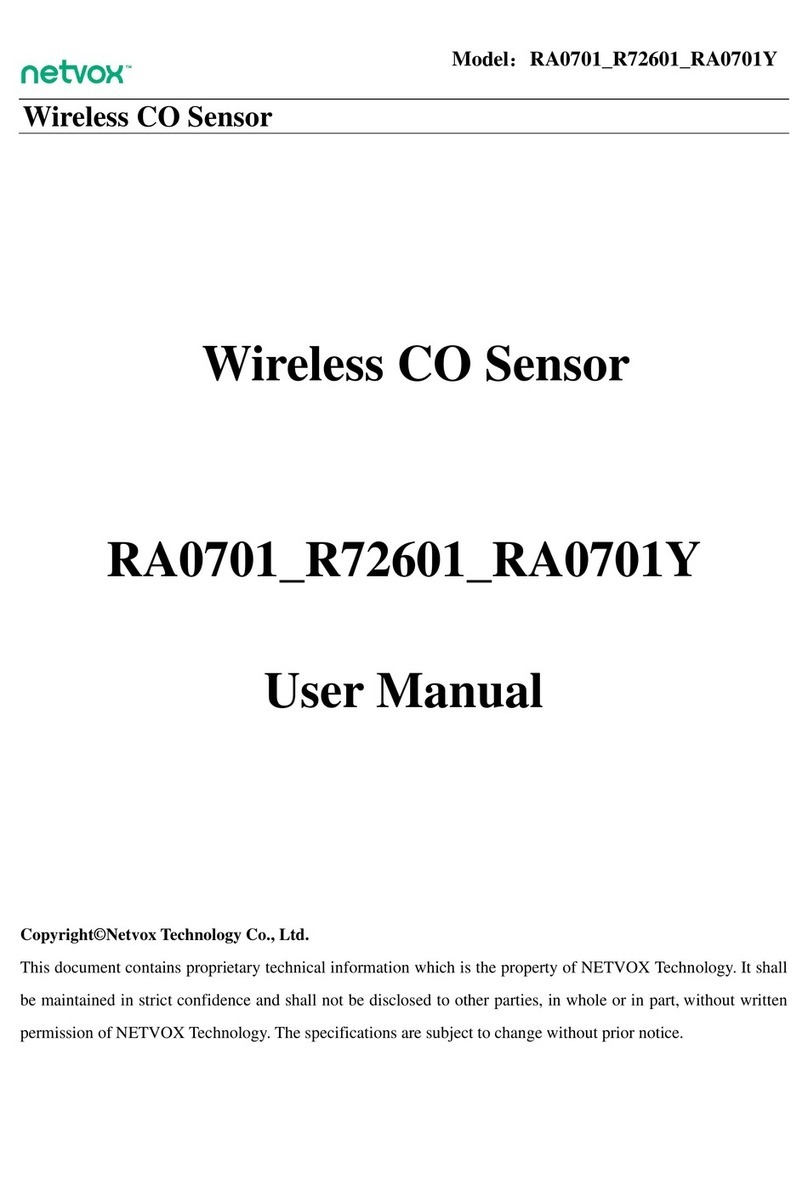
netvox
netvox RA0701 User manual
